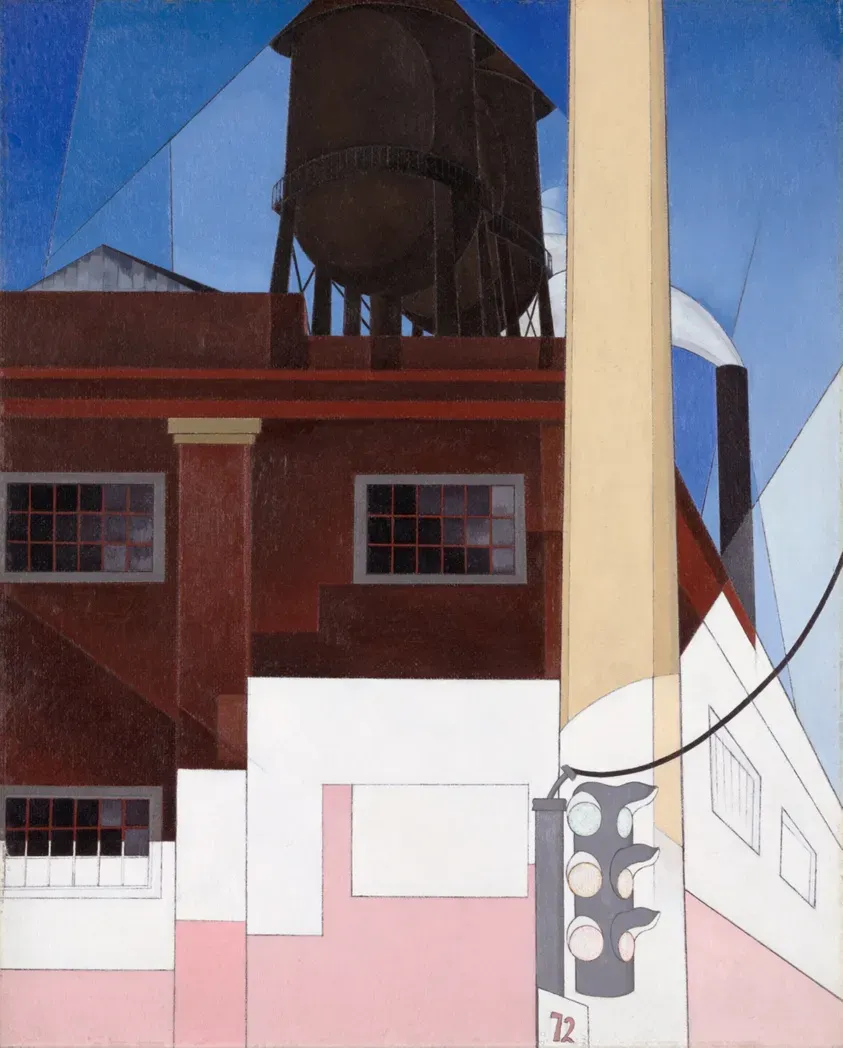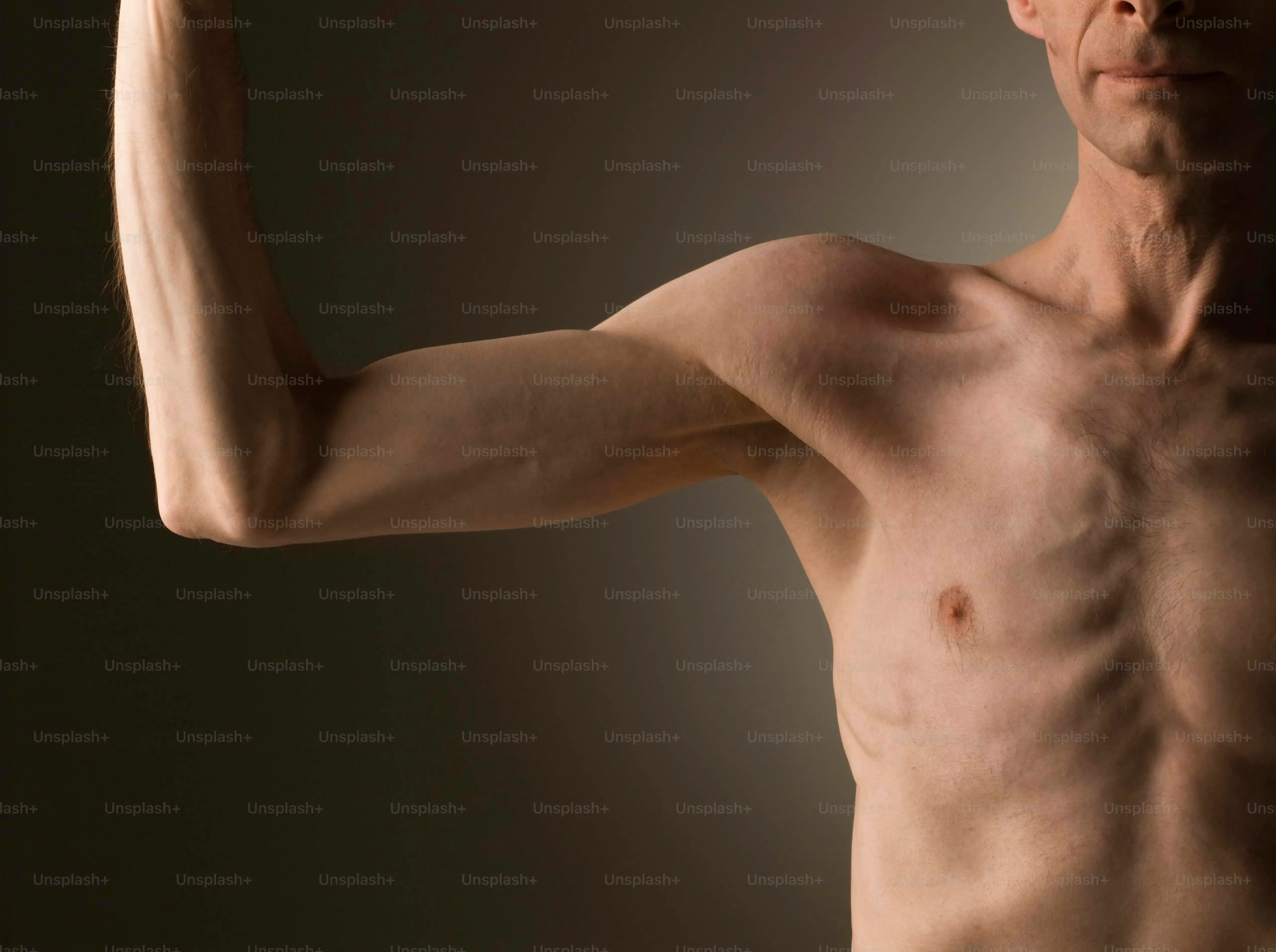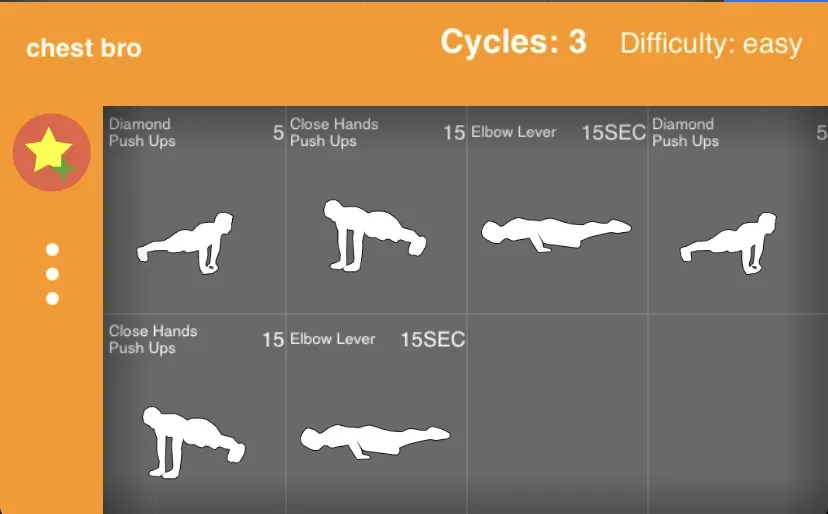Table of Contents
Thinking you need a gym full of iron to build a decent chest? Think again. Maybe you've tried a few push-ups here and there, felt a little burn, but haven't seen the definition you're after. Or perhaps you're stuck at home, looking for a way to hit your pecs without any gear. This is where a focused chest workout at home calisthenics strategy comes into play. Forget expensive memberships and bulky equipment; your own bodyweight is a powerful tool if you know how to use it right. This article cuts through the noise to give you the actionable steps needed to build a stronger, more defined chest using only calisthenics. We'll explore why bodyweight training is effective, break down the essential exercises, show you how to structure your routine, and discuss ways to keep challenging yourself as you get stronger. Ready to put your body to work?
Why Calisthenics for Your Chest Workout at Home?
No Gym, No Problem: The Convenience Factor
Look, life gets busy. Commuting to a gym, finding parking, waiting for equipment – it all adds up. That's a major reason why a dedicated chest workout at home calisthenics approach just makes sense for many people. Your home is your gym. You decide when you train. Got 20 minutes free before dinner? Perfect. No need to pack a bag, drive anywhere, or deal with someone hogging the dip station. It's just you, your body, and the floor (maybe a sturdy chair or two). This accessibility removes a ton of excuses and makes consistency much easier to maintain. Consistency, as anyone who's tried to build muscle knows, is king.
Building Real-World Strength and Control
Calisthenics isn't just about looking good; it builds functional strength. When you do a push-up, you're not just pushing weight away; you're stabilizing your entire body, engaging your core, shoulders, and triceps alongside your chest. This multi-joint movement mimics how your body moves in everyday life. Think about pushing a heavy door open or bracing yourself against something. That's the kind of practical strength a calisthenics chest workout at home develops. You gain better body awareness and control, which frankly, is way more useful than being able to bench press a car but struggling to lift your grocery bags.
- Train anytime, anywhere
- Zero equipment needed (mostly!)
- Builds functional, real-world strength
- Improves body control and stability
- Cost-effective (read: free)
Progression is Built-In, If You Know Where to Look
Some folks think calisthenics is just push-ups forever. Not true. The beauty of a chest workout at home calisthenics routine is the built-in progression system. Can't do a regular push-up yet? Start on your knees or against a wall. Too easy? Elevate your feet, try diamond push-ups, archer push-ups, or eventually, one-arm variations. You constantly challenge your muscles in new ways without adding plates. It forces you to master movement patterns before adding significant resistance, which can help prevent injuries down the line. It's a smart, sustainable way to build strength and size.
Essential Exercises for Your Chest Workout at Home Calisthenics

Essential Exercises for Your Chest Workout at Home Calisthenics
Mastering the Push-Up: Your Foundation
so you're ready to put in the work for your chest workout at home calisthenics. Where do you start? The humble push-up is your absolute bread and butter. It's the most fundamental chest exercise in calisthenics, hitting your pecs, shoulders, and triceps all at once. But "push-up" isn't just one thing. There are levels to this. If a standard floor push-up is too tough, start with incline push-ups against a wall or sturdy counter. The higher the surface, the easier it is. As you get stronger, move to a lower surface, like a coffee table or a step, until you can comfortably do push-ups on the floor. Form is key here: keep your body in a straight line from head to heels, lower your chest towards the floor, and push back up. Don't let your hips sag or pike up.
Why start with push-ups?
- Highly versatile and scalable.
- Engages multiple muscle groups.
- Requires no equipment.
- Builds foundational pressing strength.
Adding Variety: Hitting Different Angles
Once you've got standard push-ups down, it's time to mix things up to target your chest from different angles during your chest workout at home calisthenics. Decline push-ups, where your feet are elevated on a chair or bench, hit the upper chest more intensely. Diamond push-ups, with your hands close together forming a diamond shape, put more focus on the inner chest and triceps. Wide push-ups emphasize the outer chest. If you have sturdy chairs or parallel bars, dips are fantastic for hitting the lower chest and triceps – just be careful with your shoulder health on these. Incorporating these variations ensures you're working the entire pectoral muscle, leading to more balanced development.
Building Your Killer Chest Workout at Home Calisthenics Routine

Building Your Killer Chest Workout at Home Calisthenics Routine
Alright, so you've got the foundational exercises down for your Building Your Killer Chest Workout at Home Calisthenics Routine. Now, how do you stitch them together into something that actually gets results? It's not enough to just drop and do push-ups whenever the mood strikes. You need structure. Think of it like building a house; you need a blueprint. A good routine involves picking the right exercises for your level, deciding how many sets and reps to do, and figuring out how often to train. Consistency and smart programming beat random effort any day.
Beyond the Basics: Progressing Your Calisthenics Chest Gains

Beyond the Basics: Progressing Your Calisthenics Chest Gains
Making Standard Push-Ups Harder
So you can crank out 20, maybe 30 standard push-ups without breaking much of a sweat? Great. That means it's time to stop doing the same thing and expect different results. Simply adding more reps endlessly hits a point of diminishing returns for muscle growth. The trick to progressing your chest workout at home calisthenics is increasing the challenge. This doesn't mean adding weight; it means changing the leverage or the demand on your muscles. Elevated feet push-ups are a classic for hitting that upper chest harder. Try putting your feet on a chair or even higher. Diamond push-ups, with your hands close together under your chest, dramatically increase the load on the inner pecs and triceps. Focus on controlled negatives – lowering slowly for 2-3 seconds – to build serious time under tension. These small tweaks make a massive difference.
Manipulating Volume, Tempo, and Rest
Beyond just harder variations, you can manipulate other variables in your chest workout at home calisthenics routine. If you're doing 3 sets of 15, maybe try 4 sets of 12 with perfect form. Or keep the reps the same but shorten the rest time between sets. This increases the overall work density. Tempo is another underutilized tool. Instead of just bouncing through reps, control both the lowering (eccentric) and pushing (concentric) phases. Try lowering for 3 seconds, pausing briefly at the bottom (if comfortable), and pushing up powerfully. This forces your muscles to work harder throughout the entire range of motion and prevents relying on momentum. Don't just move; control the movement.
- Increase reps within a challenging variation (e.g., elevated push-ups).
- Increase sets.
- Decrease rest time between sets.
- Slow down the tempo (controlled negatives, pauses).
- Combine exercises in supersets (e.g., standard push-ups immediately into incline push-ups).
Exploring Advanced Variations and Movements
Once you've milked the standard variations, the world of advanced calisthenics opens up for your chest workout at home calisthenics. Archer push-ups, where you lean to one side while the other arm extends, put significantly more load on the working pec. Pseudo planche push-ups, with your hands lower down by your hips and leaning forward, build incredible pressing strength and hit the chest hard, though they demand strong shoulders and core too. If you have access to rings or suspension trainers, push-ups become far more challenging due to the instability, forcing deeper muscle activation. These moves require patience and consistent practice, building up slowly from easier progressions. Don't jump into a pseudo planche push-up day one unless you enjoy face-planting.
Your Calisthenics Chest: Built at Home
So there you have it. Building a solid chest doesn't require navigating a crowded gym or dropping serious cash on weights. A strategic chest workout at home calisthenics approach, focusing on proper form, consistent progression, and smart exercise selection, can deliver noticeable results. It takes discipline, sure, but the payoff is a chest built on functional strength and definition, achieved right in your own space. Stop waiting for the perfect moment or the perfect equipment. The tools you need are already with you.
